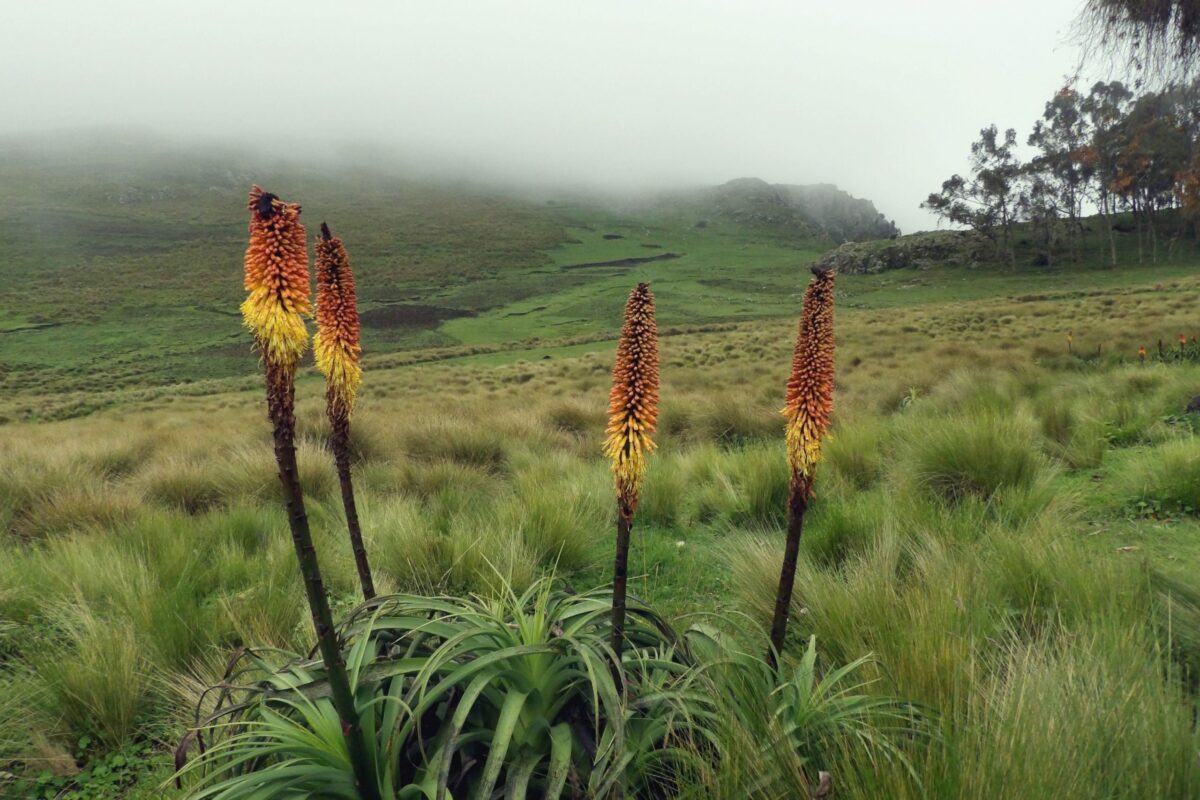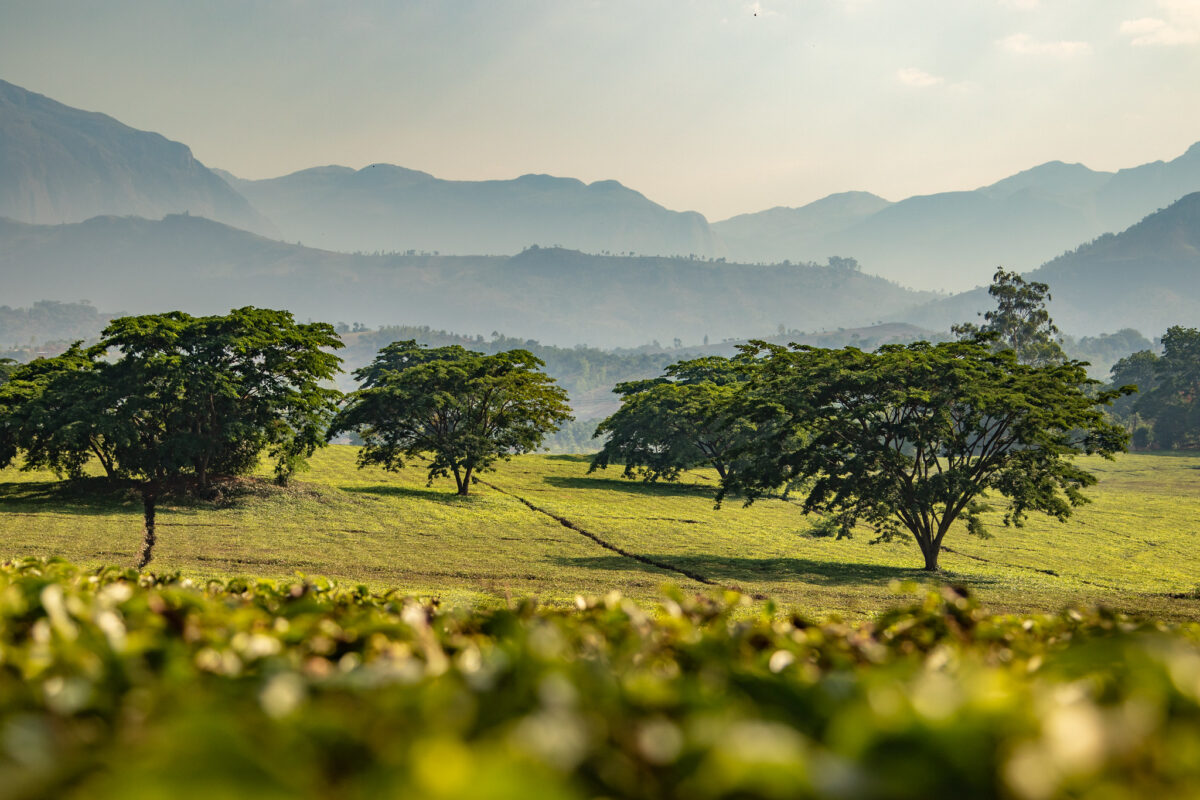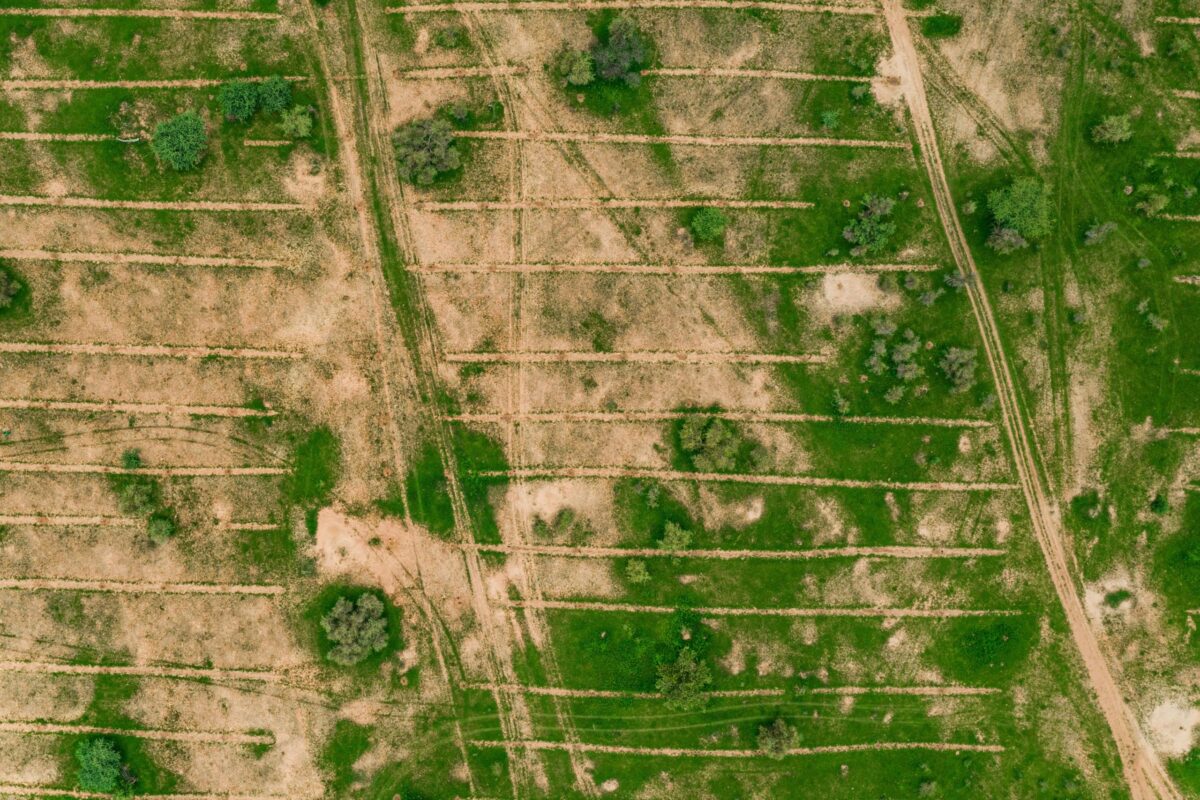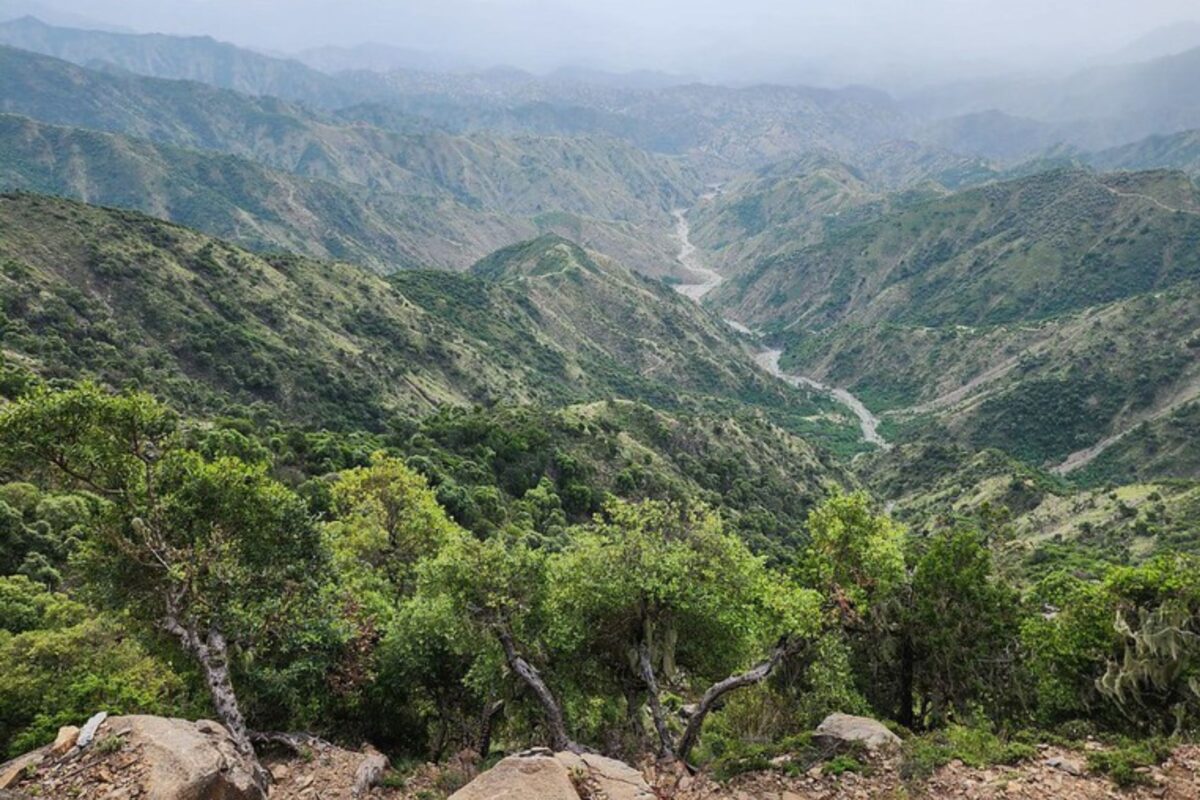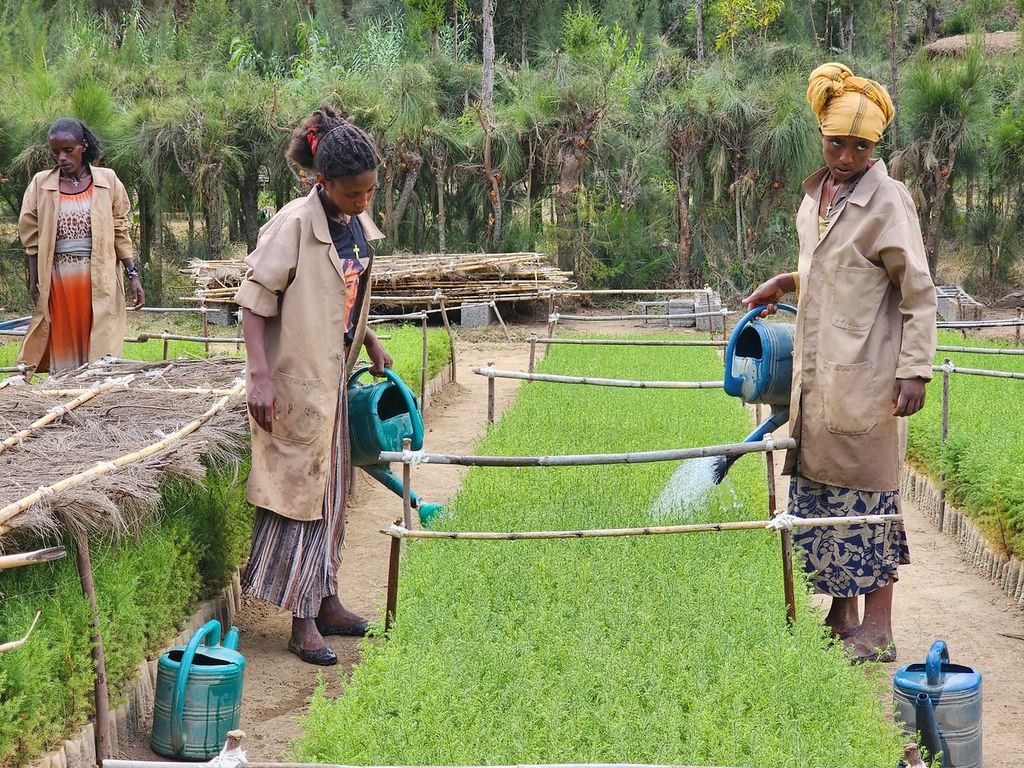According to a UN definition, London, home to 8.4 million trees, is a forest. Though obviously lacking in the biodiversity and ecosystem services of a forest in the most traditional sense of the word, it goes to show how valued trees are in urban planning. Indeed, this month will see a United Nations conference, Habitat III, take place in Quito, Ecuador, to explore sustainable urban development and launch the New Urban Agenda. This is an agenda intended to address the challenges facing a growing global urban population. It’s filled with references to green spaces and urban trees and for good reason.
Research has turned up a plethora of evidence that supports the value of urban trees in improving people’s quality of life. Firstly, against a backdrop of increasing global temperatures, the shade provided by trees is essential. Trees cool cities by between 2°C and 8°C and have been shown to cut air conditioning use by as much as 30% if planted near buildings.
As for their potential to absorb carbon, one large tree on a city street can absorb 150 kg of carbon dioxide a year, neutralizing the emissions of a 580 km journey of an average car.
Meanwhile, houses on leafy streets can benefit from an increase in value of around 15%.
The value of green spaces extends towards mental health and well-being as well. UK researchers found that moving to a greener area had a long term positive effect on people’s well-being, while pay rises or promotions had only short term effects. Another found that people reported increased well-being in areas perceived to be high in biodiversity, such as parks, woodlands and riverbanks. It’s clear that humans need trees for more than just oxygen. To put it simply, we’re drawn to them because they make us feel better.
The value we give nature is informed by our childhood experiences. Green spaces provide children growing up in cities the opportunity to understand their natural environment and thereby shape their attitudes and behaviour towards it. Despite this, people are spending less time in natural environments, a disconnect referred to as an “extinction of experience”.
With over half the world’s population living in towns and cities, it is becoming increasingly important to reconnect people with nature through urban forests. Here, trees are cooling our earth and making us happier.


